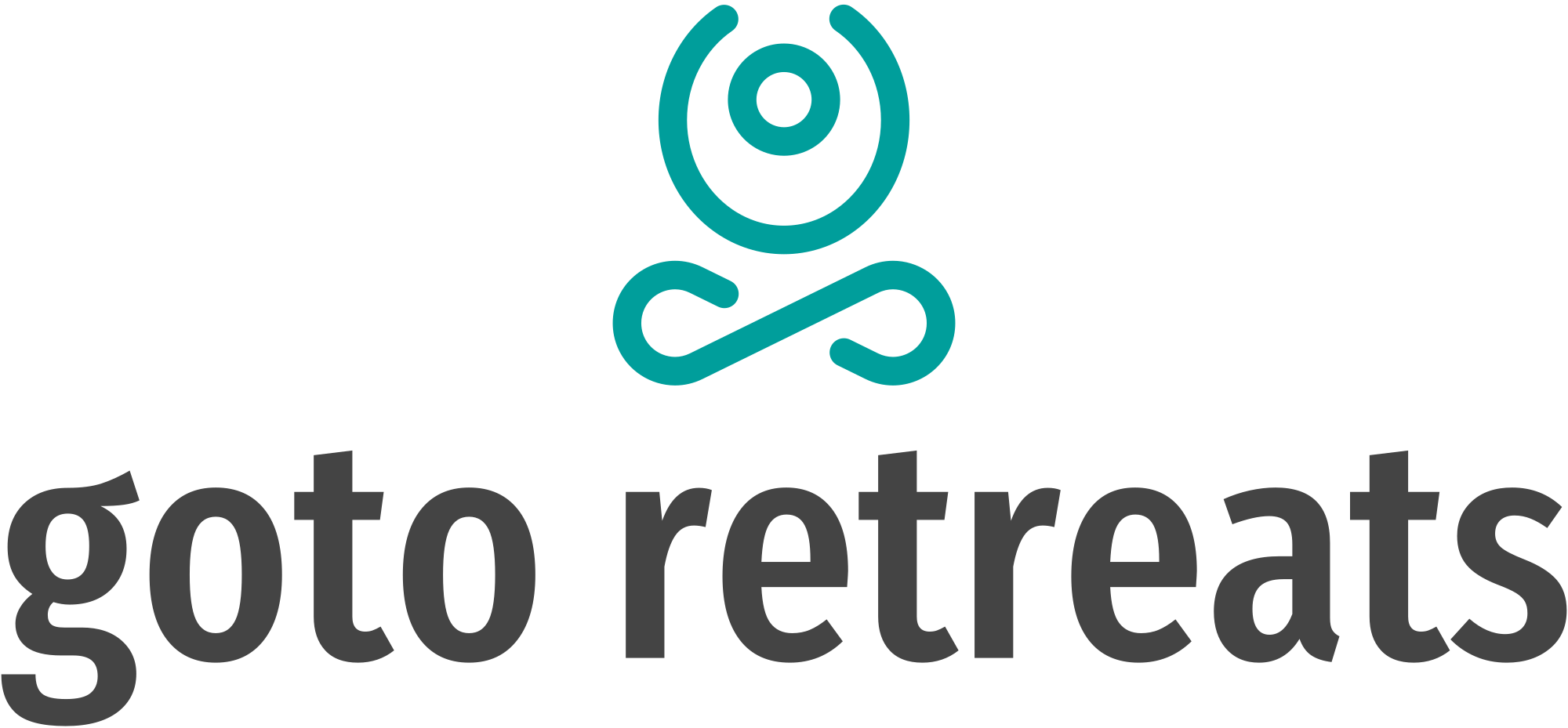When was the last time you attended an event where you truly felt connected to the people around you? Chances are, it wasn’t just the activities or the location that made it memorable, it was the sense of community. As a retreat planner, your ability to create an environment that encourages genuine connection is what transforms a regular retreat into a life-changing experience. But how do you cultivate a space where attendees can connect, share, and feel like they belong?
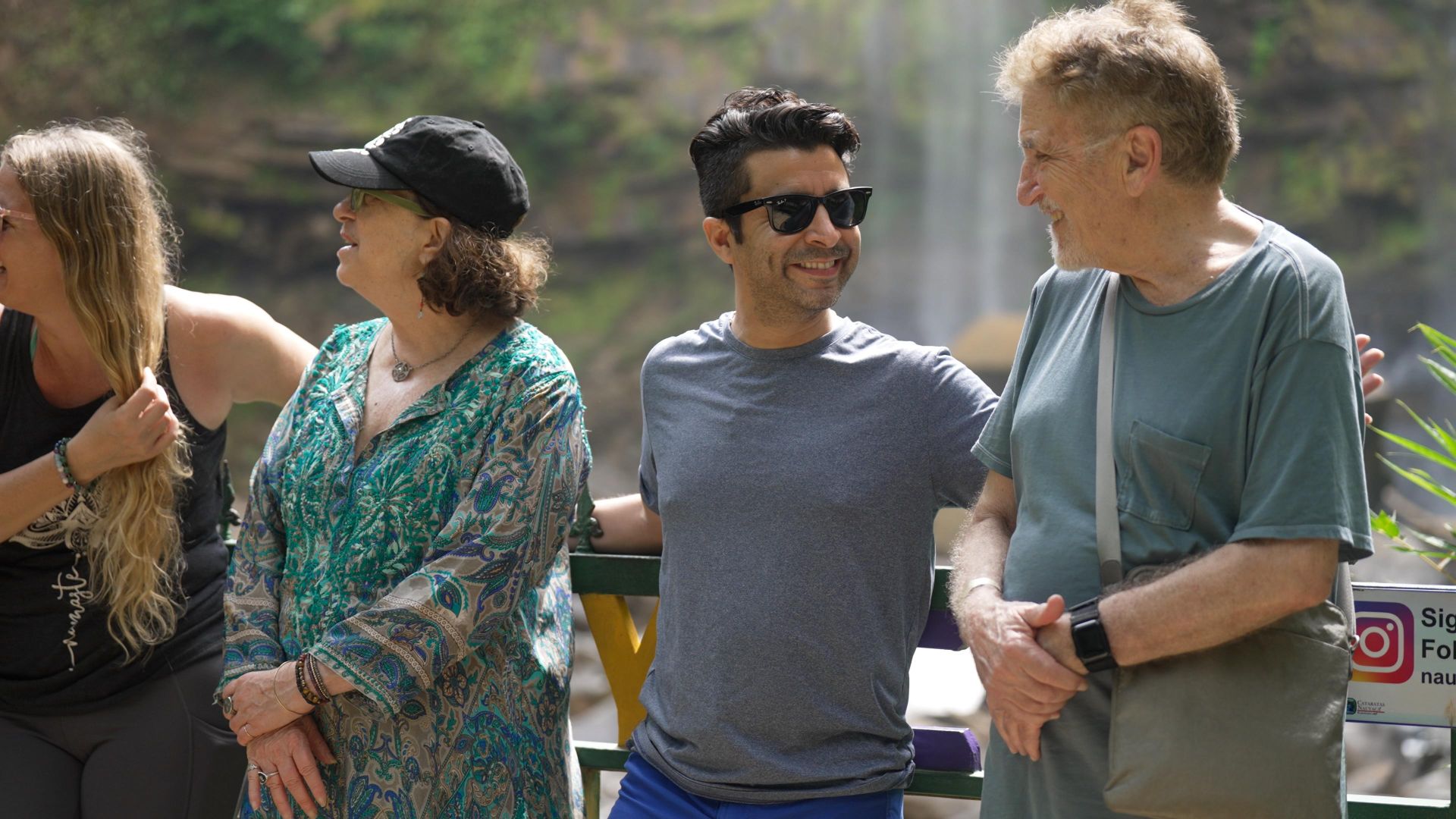
Why Community Matters at Retreats
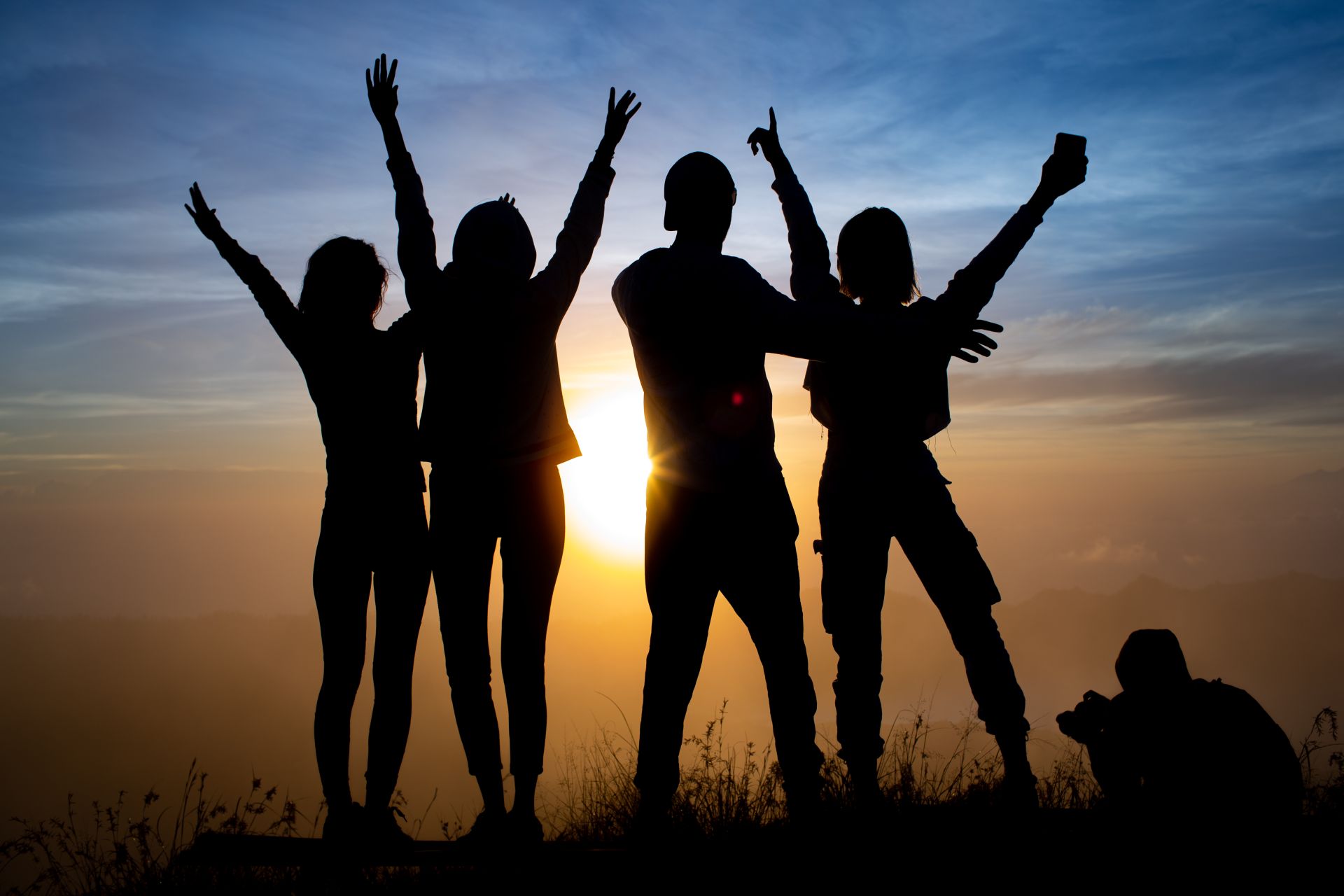
Start with Icebreakers: The First Step to Connection
The first step in building a strong community at your retreat is helping attendees break the ice and feel comfortable with one another. Icebreakers are essential in establishing a relaxed, welcoming atmosphere where people can start opening up.
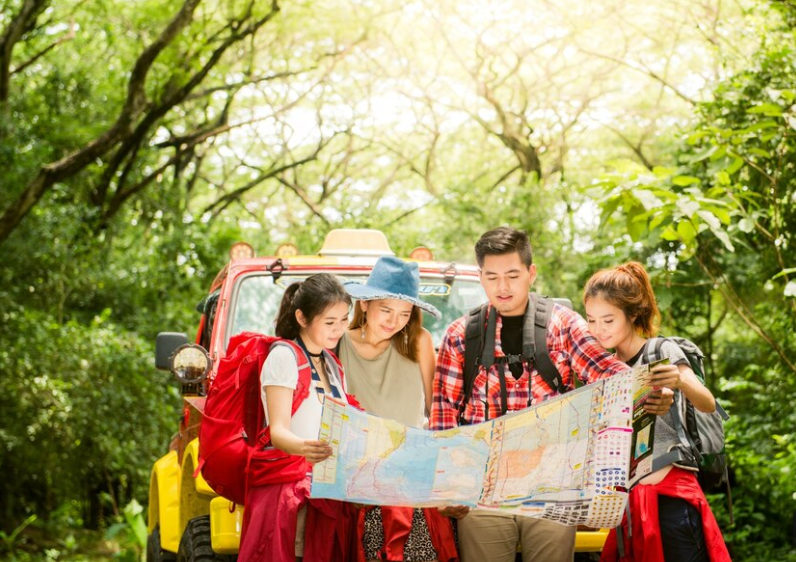
Create Group Activities that enrich Collaboration and Trust
Encourage Open Dialogue and Vulnerability
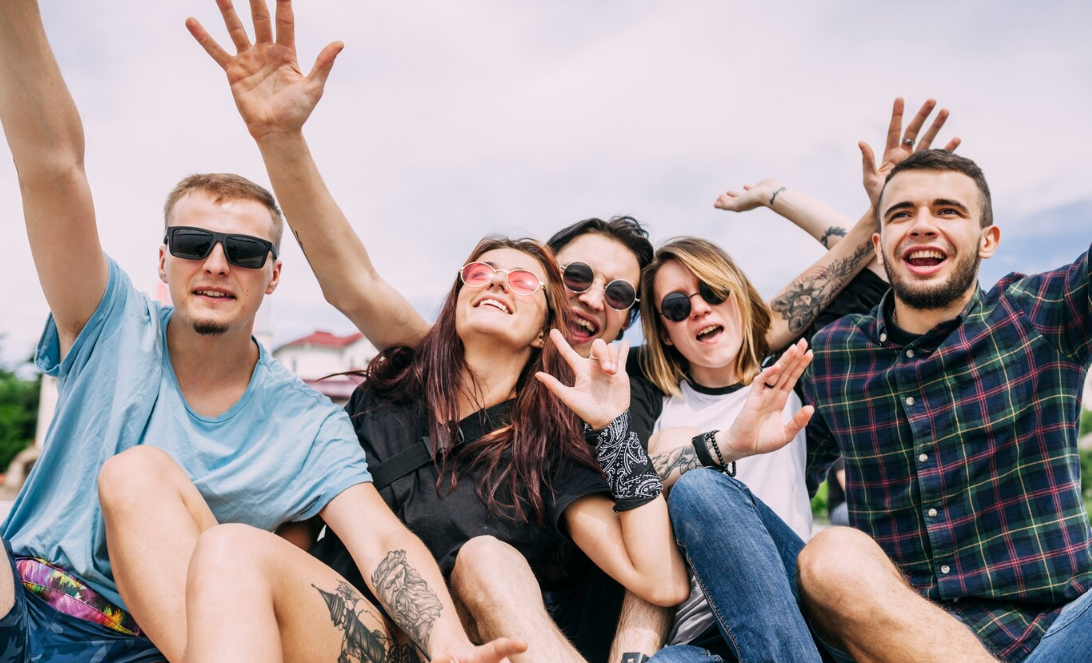
Leave Room for Unstructured Social Time
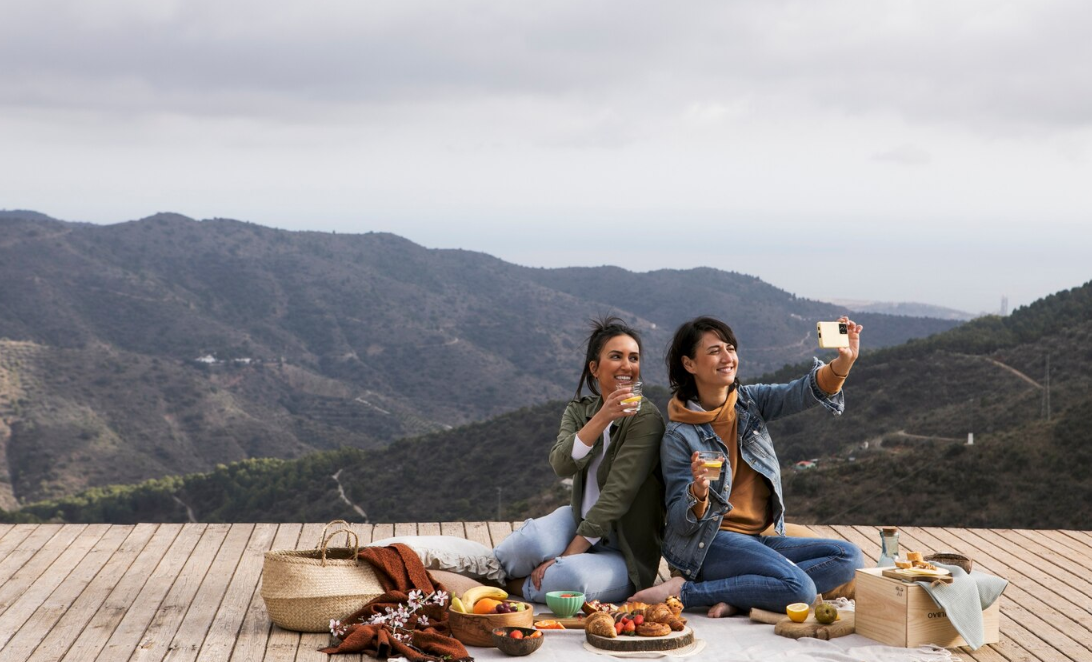
Conclusion: Creating Connections That Last
